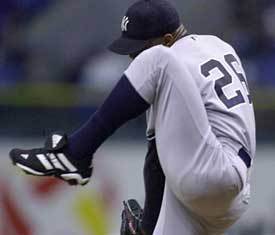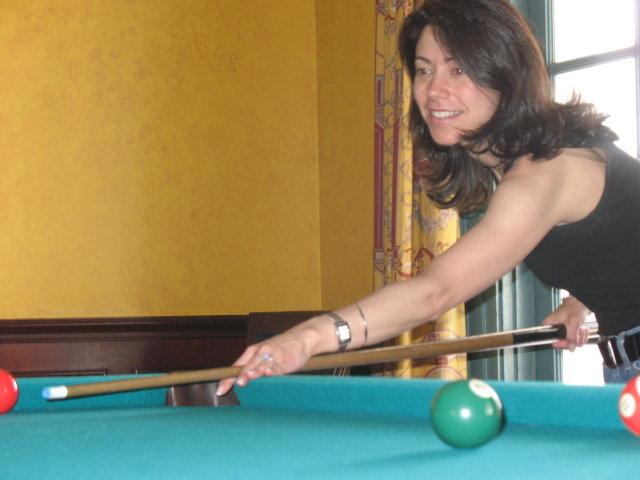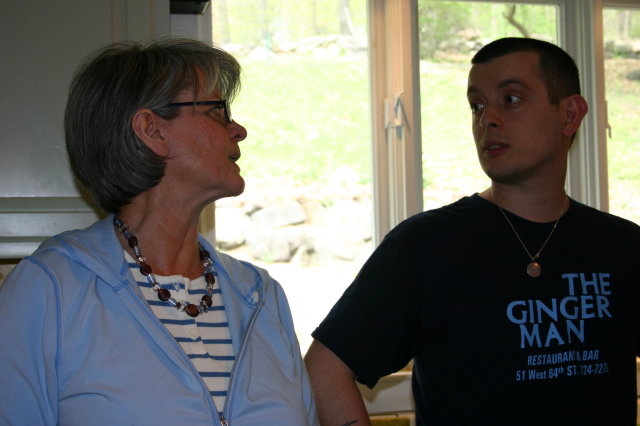The first three Yankees to come to the plate last night reached base, but with the bases loaded and no outs, the Bombers only managed to plate two of those men. After sending seven men to the plate in that inning and making Jeremy Bonderman throw 27 pitches, they only got three more men on base all night against Bonderman and lefty reliever Clay Rapada, and none of those three reached second base.
Andy Pettitte held a slim 2-1 lead heading into the fifth, but just as he did in Cleveland, blew it on a home run in the fifth, this one a two-run shot by Marcus Thames. Placido Polanco, who is 6 for 10 on the series, led off the sixth with a solo shot off Pettitte, who yielded another run later that inning. Polanco hit another off Kyle Farnsworth in the eighth to set the final at 6-2.
That thoroughly dispiriting and spiritless performance by the Yankees was made all the more dreary by the news mid-game that Phil Hughes is being put on the disabled list due to a sore right oblique muscle. The story Hughes and the Yankees seem to have cobbled together is that Hughes tweaked the muscle in his rain-shortened start in Chicago, but didn’t think it was severe enough to mention. After coming out of Tuesday’s came, he told the trainers that he was having some discomfort there. The pain became worse overnight, and team doctor Stuart Hershon told Hughes and the team that Hughes would likely have to miss his next start, thus prompting the Yankees, who were already discussing what to do with their struggling youngster, to place Hughes on the DL.
Of course, Joe Girardi has made such a habit of lying to the press about team injuries and team decisions and so many injuries–from Morgan Ensberg’s ankle to Wilson Betemit’s conjuctivitis, to Joba Chamberlain’s hamstrings, to this one–have either come out of nowhere or been unsubstantiated rumors, that it’s become impossible to take the team at it’s word, particularly when the DL gives them an easy short-term solution for Hughes struggles. Hughes said after the game that he hasn’t had an MRI. So we’re left wondering if we should be concerned about an injury-prone young pitcher with a troublesome oblique injury, something that conjures comparisons to the A’s extremely talented and extremely fragile Rich Harden, or pleased that Hughes is going to get a minimum of two weeks to clear his mind and work on his mechanics and tertiary pitches in the hope of rebooting his season in mid-May while the rotation gets a temporary upgrade in the person of Darrell Rasner (who has gone 4-0 with a 0.87 ERA, 0.77 WHIP, and 4.5 K/BB ratio for Scranton thus far).
This all puts a very bad taste in my mouth, yes because of the team’s poor play (3.17 runs scored per game and a 2-4 record over their last six games), yes because of the talent stacking up on the disabled list (Jorge Posada, Alex Rodriguez and Phil Hughes all hitting the DL within the span of four days), but above all because the new administration seems determined to leave the team’s fans and the media who inform those fans in the dark.






